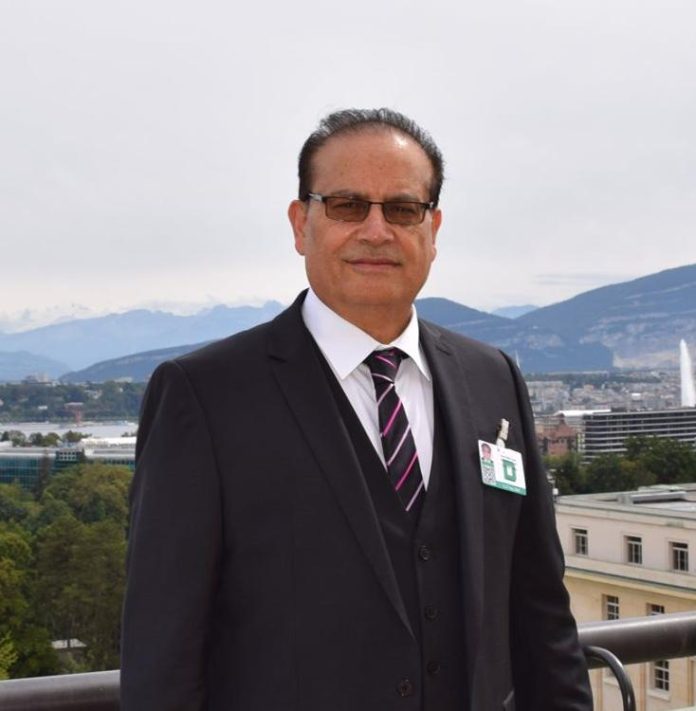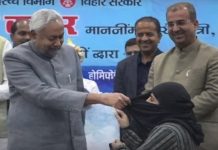By Qamar Bashir
After the collapse of the Soviet Union in 1991, the Russian economy plummeted, and most of its government-funded research institutions shut down. This included groundbreaking work in fields like space exploration, medicine, health, and advanced engineering. The lack of funds abruptly halted research projects, and thousands of brilliant scientists—once the lifeblood of the Soviet innovation machine—were left jobless. These scientists became a global commodity, sought after by nations eager to bolster their own research and development infrastructures.
One country that capitalized on this opportunity was Israel. Israel actively imported Russian Jews, welcoming tens of thousands of engineers, scientists, doctors, and professors. By some estimates, nearly 70,000 professionals migrated to Israel in the early 1990s. Their expertise was transformative: they injected fresh talent into Israel’s industries, contributing up to 10% GDP growth annually during the 1990s. These Soviet-trained experts became the backbone of Israel’s R&D sector, propelling Israel into the ranks of the world’s top innovation hubs. Major global corporations—Samsung, Hyundai, Daewoo, and others—began outsourcing their R&D to Israel, recognizing its unmatched talent pool, much of which stemmed directly from the Soviet brain drain.
Israel’s leap wasn’t limited to tech—it also gained formidable capabilities in defense, space, and medical research. The Russian scientists built a multi-sector R&D ecosystem that continues to give Israel a strategic edge in defense technology, aerospace, and innovation-led growth.
Now, fast forward to the present day, and a similar exodus is unfolding in the United States. Instead of learning from Russia’s collapse and protecting its intellectual capital, the Trump administration, under the guidance of Elon Musk and Vivek Ramaswamy—two of the most ambitious yet controversial figures in American leadership—has unleashed the DOGE initiative (Decentralization of Government Education). DOGE, under the guise of reform, is waging a war against U.S. universities and scientific institutions. They are mocking research with “strange names” they can’t comprehend, cutting off grants for fundamental science, and pushing a dangerous narrative that American research is wasteful.
As a result, top universities—once magnets for global talent and engines of innovation—are being suffocated. Federal funding is drying up, research projects are being canceled, and leading scientists are being laid off in droves. These scientists, left without support, are now seeking opportunities elsewhere.
Countries that understand the value of brainpower, like China, France, Saudi Arabia, the UAE, and Turkey, are eagerly recruiting these displaced American experts. They offer lucrative salaries, advanced labs, and the freedom to conduct cutting-edge research. China, in particular, is on a recruitment spree—hiring top-tier U.S. scientists to accelerate its technological and military ambitions. As America clamps down, China is absorbing these minds to build its own world-class R&D infrastructure—one that could rival, or even surpass, what the U.S. once had.
This dangerous trend is unfolding even as Trump’s administration pushes to revoke student visas for Chinese students, making it harder for them to study in the U.S. But while Chinese students scramble to stay in America, jobless U.S. professors, researchers, and scientists are heading to China—creating a reverse pipeline of talent.
This is a double blow to America’s future. First, by cutting off student visas, the U.S. is closing its doors to global talent that once fueled its innovation. Second, by starving universities of funding, it is forcing its own talent to seek refuge in countries like China. Instead of America educating the world, it risks becoming a brain drain exporter.
This exodus mirrors Marco Rubio’s stark warnings. Rubio has repeatedly cautioned that the U.S. is lagging dangerously behind China in a military and economic rivalry that could lead to conflict. He highlights China’s unprecedented peacetime military buildup—the fastest in history—and the U.S. policy failures that allowed China to dominate manufacturing, critical supply chains, and now, the intellectual arena. Rubio has pointed out that while the U.S. spends over $900 billion annually on defense compared to China’s officially reported $314 billion (though some estimates suggest China’s actual spending is over $470 billion), the quality and focus of China’s investments, especially in hypersonic missiles, cyber warfare, space, and AI, give it a decisive edge.
Rubio also laments how deindustrialization—the result of U.S. companies moving manufacturing overseas for cheaper labor and fewer regulations—has hollowed out America’s industrial base. Between 1998 and 2021, the U.S. lost over 5 million manufacturing jobs and 70,000 factories. Even if the U.S. starts reshoring these industries now, rebuilding its manufacturing strength could take two decades—by which time the world will have moved on, and America will still be playing catch-up.
Meanwhile, Trump’s Golden Dome project, modeled after Israel’s Iron Dome, is being touted as a solution to external threats. This ambitious missile defense system is designed to protect against ballistic, hypersonic, and cruise missiles, with an estimated cost between $175 billion and $500 billion—a colossal sum in an era when research budgets for fundamental science are being slashed. Critics argue that the Golden Dome is a band-aid solution that cannot compensate for the systematic hollowing out of America’s scientific, industrial, and technological base.
The reality is grim: America is facing a multi-dimensional crisis—in science, manufacturing, education, and defense. The U.S. is no longer the magnet for the world’s best minds; it is actively driving them away. As China, France, the Middle East, and others scoop up these talents, they are not only gaining a competitive edge but also reshaping the global balance of power.
To prevent this decline from becoming permanent, the United States must undergo fundamental, surgical reforms. It needs to rebuild its industrial base, reinvest in universities and research, restore funding for basic and applied sciences, and embrace global talent instead of driving it away. Without a comprehensive strategy, the U.S. risks losing its position as the world’s sole superpower—a position that now looks increasingly fragile and uncertain.
In the end, it is not just a question of competing with China or Russia. It is about whether the U.S. has the vision, leadership, and humility to learn from the mistakes of others—and from its own past—and to build a future that can stand the test of time.
By Qamar Bashir
Press Secretary to the President (Rtd)
Former Press Minister at the Embassy of Pakistan to France
Former MD, SRBC
Macomb, Michigan, USA

















